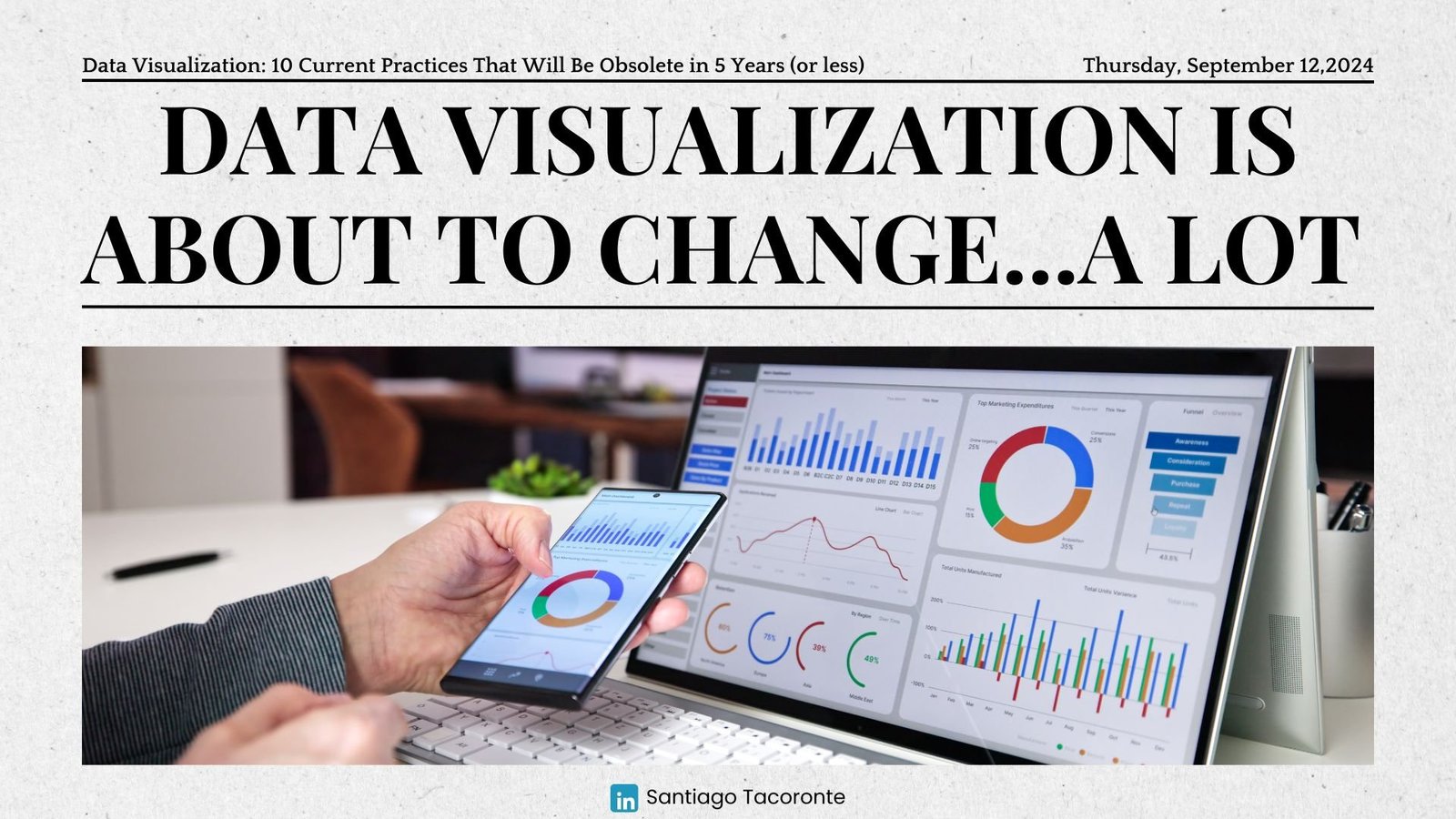In this day and age, time is a precious commodity. People’s lives are busier than ever, and it takes time to find time to do everything you want. Meetings are no exception. There’s a need to make the most of the available time, which has led to the adoption of shorter meetings. The premise is straightforward, squeeze more work in less time. But is the change to shorter meetings a good idea?
Introduction — Why 20-Minute Meetings?
The purpose of a meeting is to bring people together to discuss topics, brainstorm ideas, and, more than anything, make decisions. However, the traditional meeting length of an hour or more is increasingly challenging to manage.
In addition, the advent of asynchronous communications has deemed long meetings redundant. As a result, there’s been a push to reduce the length of meetings to 30,20 minutes or even less.
The idea of the 20-minute meeting is to keep the meeting focused and on-topic. This way, all participants can stay engaged and productive. It also ensures that time is well-spent on unnecessary conversations or topics that needn’t be addressed.
Benefits of Shorter Meetings
The most significant benefit of shorter meetings is that it saves time. In addition, a shorter meeting allows for more sessions to be held on a given day, which can benefit organizations that need to discuss many topics quickly.
Shorter meetings also tend to be more efficient. With fewer distractions and a more focused agenda, the gathering can be more productive, and the outcomes can be more concrete.
The atmosphere in 20-minute meetings is “let’s get things done because we don’t have much time.”
Furthermore, shorter meetings tend to be more engaging. People are more likely to stay focused and remain engaged in the discussion. Studies claim that the current attention span has decreased to eight seconds. Now try to discuss and keep people engaged for one hour…
Common Challenges of Shorter Meetings
One of the biggest challenges of shorter meetings is that it can be difficult to cover all topics that need to be discussed. Due to time constraints, it may not be possible to go into detail or have a lengthy discussion about each topic.
A typical pattern is to get stuck in one subject for more than ten minutes. Thenthe meeting is quickly over.
Another challenge is that there may need more time for everyone to speak. With only 20 minutes, ensuring that everyone has a chance to contribute is essential. Otherwise, it can lead to frustration and resentment among team members.
Finally, shorter meetings can lead to follow-ups. With less time to discuss an issue, there may need more time to come up with solutions or assign tasks.
The Biggest Issue with Short Meetings: Mental Fatigue
Let’s be honest: there is always a time for a small break in longer meetings. While someone shares their screens, someone is reading through a slide. You already know the topic or something else. But with short meetings is as if you were running the 100m every few minutes. A lot of concentration is required, and if you no are mentally fit is a big undertaking.
Some days I can stack up to 15 meetings about various topics, from people to strategy to very operational things.

When I reach the last meetings, I struggled to make sense of my own words, not to speak about how hard it is to think clearly to make decisions.
As the week progresses and the count of meetings grows, I can have a foggy brain after a couple of hours in the morning. As a result, I am reducing my concentration for the rest of the day.
In a nutshell, I might be giving my brain too much information, impacting performance.

Best Practices for a Productive 20-Minute Meeting
The key to having a successful 20-minute meeting is clarity on what you want to achieve.
Ideally, only one goal per meeting. You cannot expect to discuss a large project in 20 mins. Short sessions are excellent for practicing the agile and product mentality, slicing big-ticket items into small stories.
Other good practices are:
- Before the meeting, creating an agenda with a clear outcome (uno) and timeline is essential. This will ensure that everyone is on the same page and that the meeting stays on track.
- Share pre-reads before the meeting.
- Unstuck conversations. If a topic is getting clung, suggest sending documentation or setting a time for a follow-up on that specific issue.
- Control the time. Get a timer in whichever form and if you share your screen, put it on top.
- Keep the invitation list under control. If you have ten people invited for a short meeting, you will likely need more time.
- Follow-up: Share the outcome, decision, or next steps right after the meeting to solidify your conversations.
Conclusion, Are 20-Minute Meetings a Yes or a No?
The answer is “depends on what”. Instead of using a blanket rule for all meetings duration, I am now using a taxonomy to break down the “meetings” bucket.
- Meetings: 20 minutes, laser focus topic, with a clear result, usually binary. Yes or No.
- Working sessions. Forty-five minutes to one hour involve whiteboards, collective thinking, and interaction. We can call it a workshop.
- Planning: 30 to 45 minutes.
- Team Meetings: 30 to 45 minutes, depending on the group size. A mix of work and casual exchanges in a generally chilled environment.
- Webinars/Presentations/Demos: 30 to 50 minutes. Usually, only one topic is covered.




